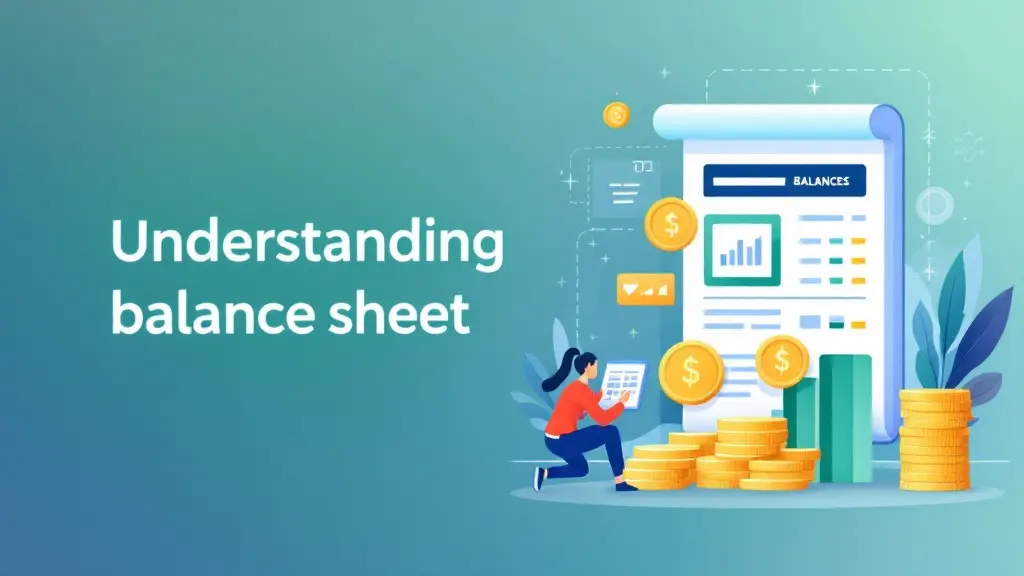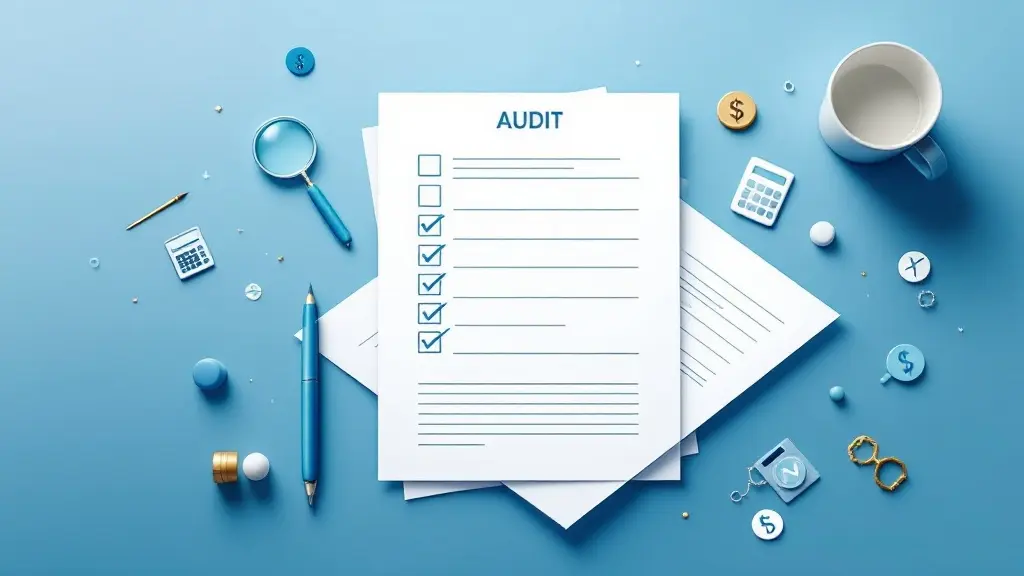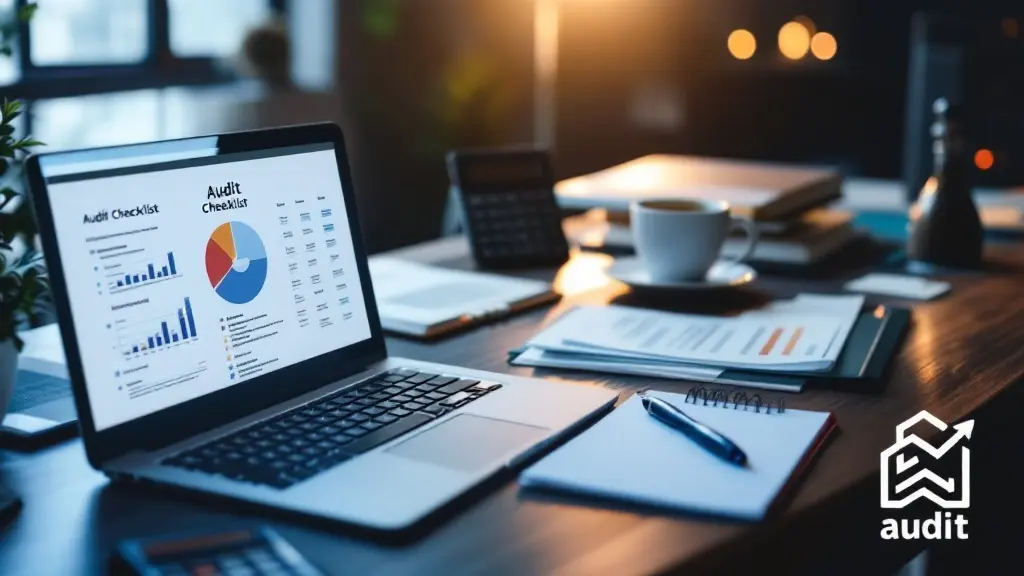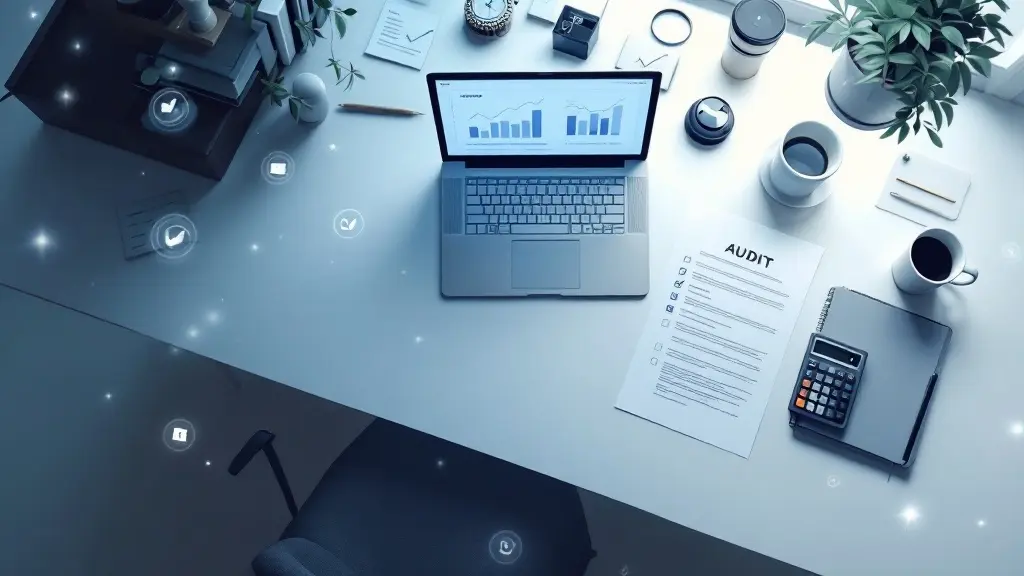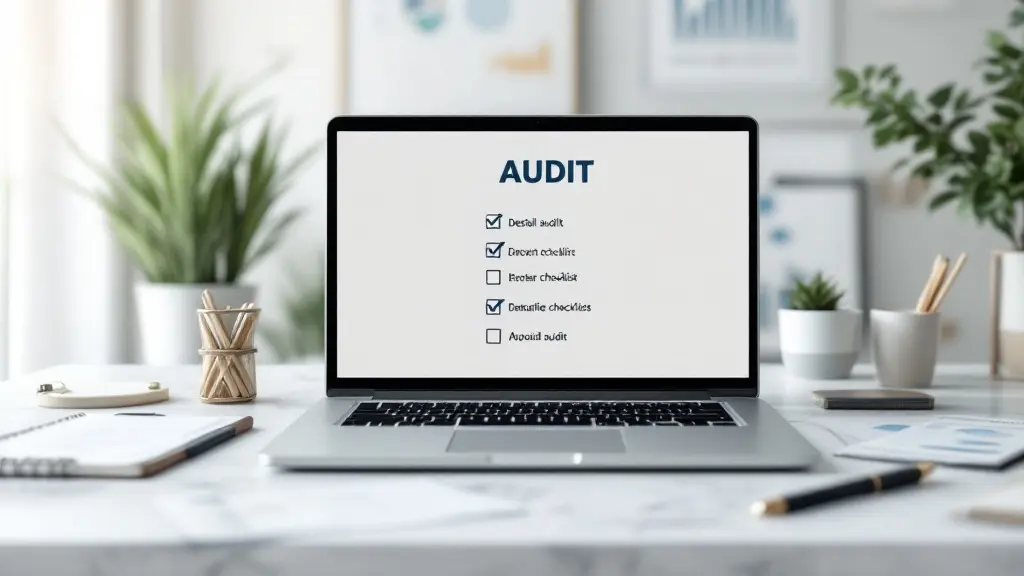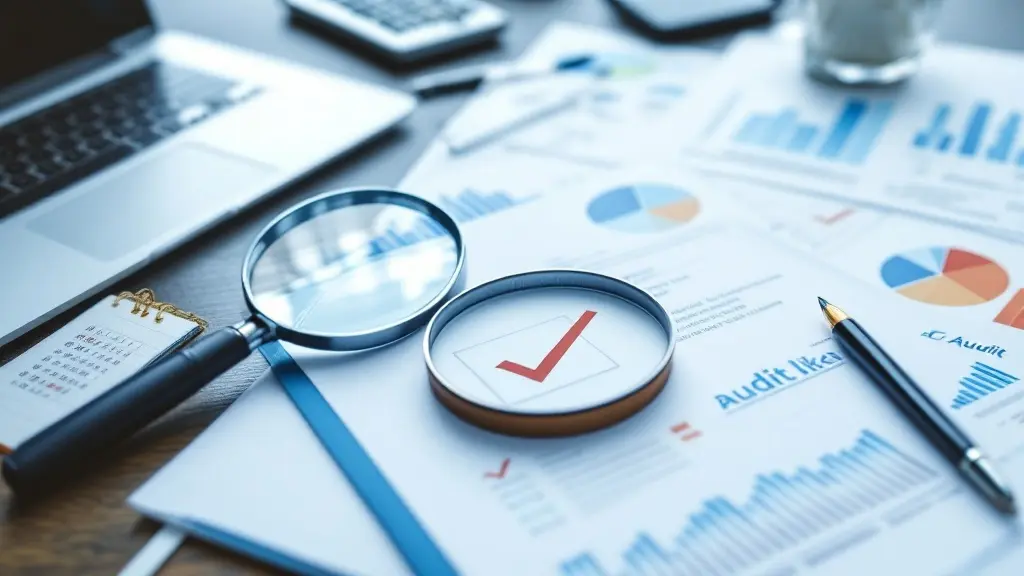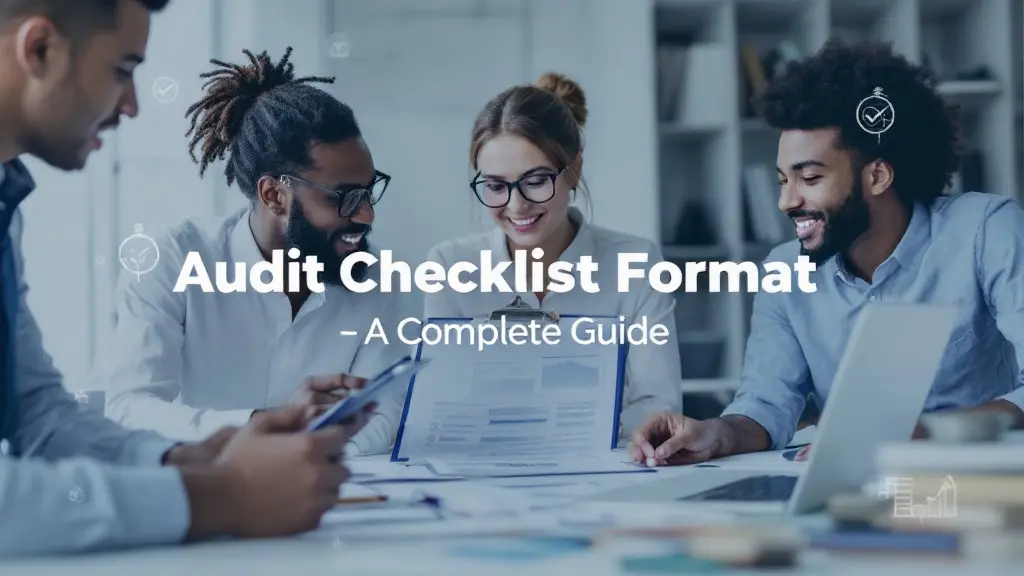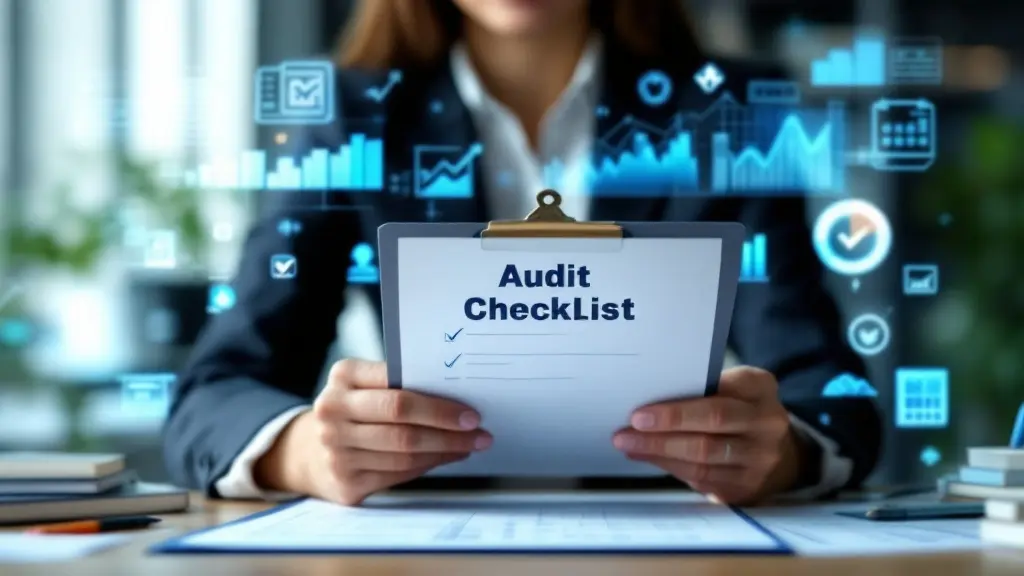Understanding the Balance Sheet: A Comprehensive Guide for Beginners
Table of Contents
Most Read
[fusion_dropcap class="fusion-content-tb-dropcap"]I[/fusion_dropcap]ntroduction
The balance sheet is one of the most critical financial statements for any business. Whether you’re a business owner, investor, or student, understanding how to read and interpret a balance sheet can provide valuable insights into a company’s financial health. In this guide, we’ll break down the essentials of a balance sheet, explore its components, and explain how to use it to make informed decisions. By the end of this post, you’ll have a solid grasp of balance sheets and how they can help you analyze financial performance.
What Is a Balance Sheet?
A balance sheet is a snapshot of a company’s financial position at a specific point in time. It provides an overview of a company’s assets, liabilities, and equity, helping stakeholders understand how the company is financed and where its resources are allocated.
The balance sheet follows the basic accounting equation:
Assets = Liabilities + Shareholders’ Equity
This equation ensures that the balance sheet “balances.” In other words, a company’s total assets are funded by a combination of liabilities (debts) and equity (owners’ investment).
The Structure of a Balance Sheet
A balance sheet is divided into two main sections: assets and liabilities. The assets section lists what the company owns, while the liabilities section outlines what it owes. The equity section represents the residual interest in the assets after deducting liabilities.
1. Assets
Assets are resources that a company owns or controls, and they can provide future economic benefits. Assets are typically categorized into two types: current and non-current (or long-term).
- Current Assets: These are assets that can be converted into cash within one year. Common current assets include:
- Cash and Cash Equivalents: Money available for immediate use.
- Accounts Receivable: Money owed to the company by customers for goods or services already delivered.
- Inventory: Goods and products that are held for sale.
- Prepaid Expenses: Payments made in advance for goods or services to be received in the future.
- Non-Current Assets: These are long-term assets that the company expects to hold for more than a year. Non-current assets include:
- Property, Plant, and Equipment (PPE): Tangible assets like land, buildings, and machinery.
- Intangible Assets: Non-physical assets such as patents, trademarks, and goodwill.
- Investments: Long-term investments in stocks, bonds, or other securities.
2. Liabilities
Liabilities represent the financial obligations that a company owes to external parties. Like assets, liabilities are classified as current and non-current.
- Current Liabilities: These are debts or obligations that the company must settle within one year. Common current liabilities include:
- Accounts Payable: Money the company owes to suppliers for goods or services received.
- Short-Term Loans: Loans that must be repaid within a year.
- Accrued Expenses: Costs that have been incurred but not yet paid, like wages or taxes.
- Non-Current Liabilities: These are obligations that are due after one year. Examples include:
- Long-Term Debt: Loans or bonds that will be repaid over a period longer than a year.
- Deferred Tax Liabilities: Taxes that are owed but will not be paid until a future period.
3. Equity
Equity represents the owner’s interest in the company. It is what remains after all liabilities have been paid off. For a corporation, equity is also known as shareholders’ equity and consists of several components:
- Common Stock: The value of the shares issued by the company.
- Retained Earnings: The accumulated profits that have been reinvested into the business rather than distributed as dividends.
- Additional Paid-In Capital: The amount shareholders have paid over the par value of the stock.
The Balance Sheet Equation Revisited
As mentioned earlier, the balance sheet adheres to the accounting equation:
Assets = Liabilities + Equity
This equation is fundamental because it ensures that the company’s resources are financed either by debt (liabilities) or by the owners’ capital (equity). Every transaction in accounting must maintain this balance.
Why Is the Balance Sheet Important?
The balance sheet is a vital tool for both internal and external users to evaluate a company’s financial health. Here’s why it’s important:
- Evaluates Financial Health: The balance sheet gives an overview of the company’s financial position, allowing you to assess whether it is solvent and able to meet its obligations.
- Assesses Liquidity: By analyzing current assets and current liabilities, you can determine the company’s liquidity, or its ability to cover short-term debts.
- Measures Leverage: The balance sheet shows how much debt the company is using to finance its operations. High debt levels may signal financial risk, while low levels suggest a conservative financial structure.
- Informs Investment Decisions: Investors and stakeholders use the balance sheet to make informed decisions about the company’s stability and future growth prospects.
How to Read a Balance Sheet
While balance sheets may seem intimidating at first, with a little practice, you can learn to interpret them easily. Here’s a step-by-step guide to reading a balance sheet:
- Check the Date: Balance sheets are dated as of a specific point in time. Make sure you are looking at the most recent one.
- Review Total Assets: Look at the total assets, which indicate what the company owns. Compare current and non-current assets to understand the company’s resource allocation.
- Examine Liabilities: Look at both current and non-current liabilities. The proportion of short-term vs. long-term debt can give you insight into the company’s financial structure and risk.
- Look at Shareholders’ Equity: Equity represents the value that the company’s owners hold. A strong equity position indicates financial stability, while negative equity can signal financial trouble.
- Evaluate Key Ratios: Once you have the basic figures, you can calculate financial ratios like the current ratio (current assets divided by current liabilities) or the debt-to-equity ratio (total debt divided by shareholders’ equity), which provide a deeper understanding of the company’s financial health.
Balance Sheet Example
Let’s consider a simplified example of a balance sheet:
| Assets | Liabilities & Equity | ||
|---|---|---|---|
| Current Assets | ₹500,000 | Current Liabilities | ₹200,000 |
| Cash and Cash Equivalents | ₹100,000 | Accounts Payable | ₹120,000 |
| Accounts Receivable | ₹150,000 | Short-Term Loans | ₹80,000 |
| Inventory | ₹250,000 | Non-Current Liabilities | ₹300,000 |
| Non-Current Assets | ₹1,000,000 | Long-Term Debt | ₹200,000 |
| Property, Plant & Equipment | ₹600,000 | Equity | ₹500,000 |
| Total Assets | ₹1,500,000 | Total Liabilities & Equity | ₹1,500,000 |
In this example, the company’s assets total ₹1,500,000, which is funded by ₹500,000 in equity and ₹1,000,000 in liabilities.
Conclusion
A balance sheet is an essential tool for anyone looking to understand the financial position of a company. By providing a detailed overview of assets, liabilities, and equity, it helps businesses, investors, and financial analysts make informed decisions. Understanding how to read a balance sheet and analyze its key components will provide you with insights into a company’s profitability, liquidity, and solvency.
Next time you look at a balance sheet, remember the basic equation: Assets = Liabilities + Equity. With this knowledge, you can make smarter financial decisions and gain a deeper understanding of a company’s financial health.
Stay tuned for more informative posts on financial concepts that will help you navigate the world of accounting and business!
